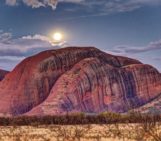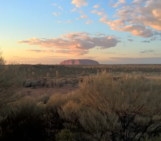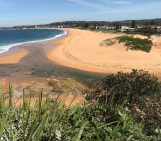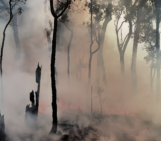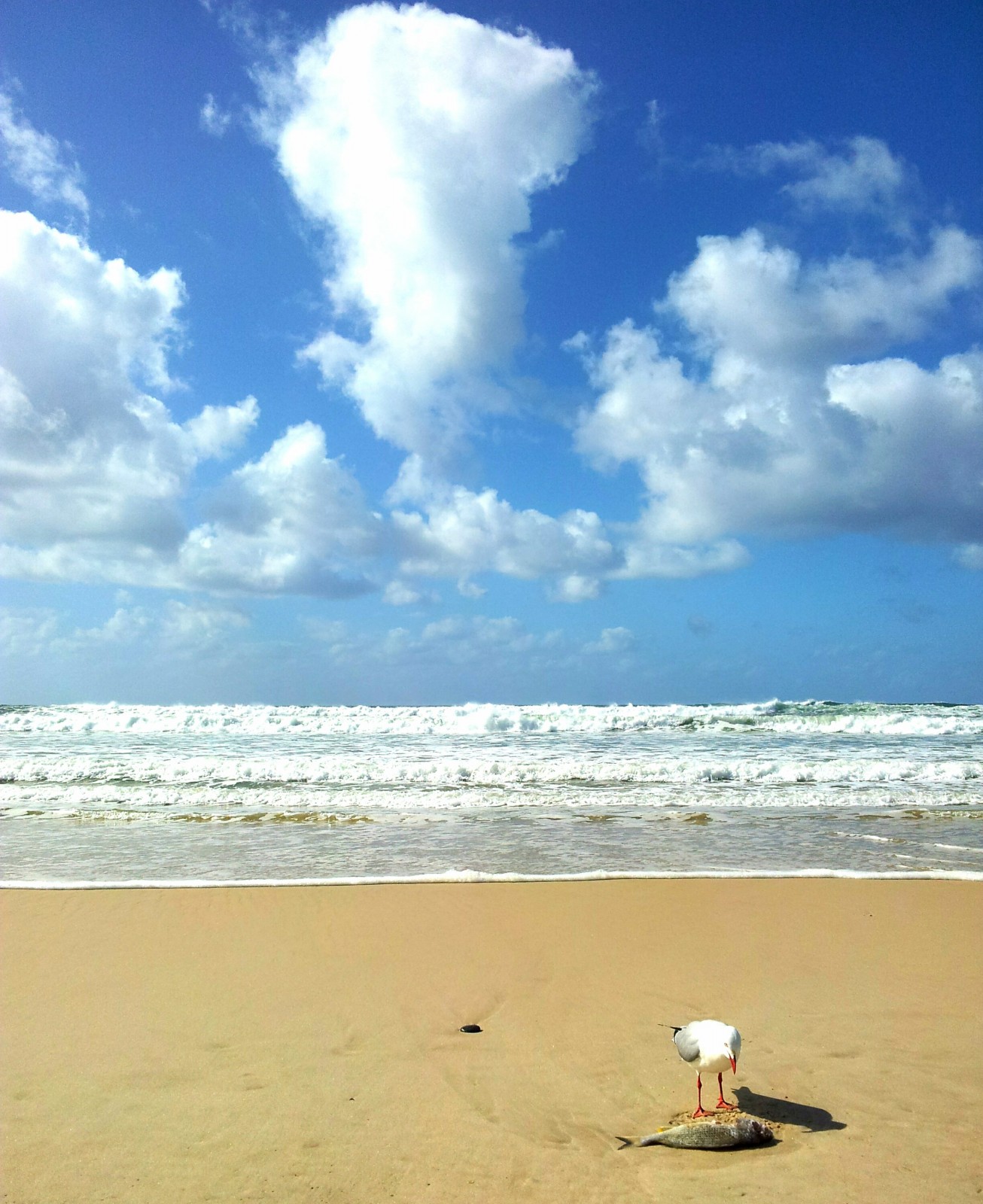
Seagull lunch. Credit: Alicia Morugán (distributed via imaggeo.egu.eu).
Making room for growing populations, and the resources they demand, comes at the cost of precious natural environments. Rainforests, globally, are under threat from farming, logging and ever expanding cities. It is reported that if current rates of exploitation continue, the world’s rainforests could be lost within the next century.
Like almost anything else, rainforests come in all shapes and sizes. Typically, rainforests are depicted as lush, jungle-like concentrations of tall trees characterised by heavy rainfalls. But, perhaps unexpectedly, stretches of the coastline in eastern Australian are also peppered by rainforest. Because of their proximity to the ocean, these closed-canopy forests – where approximately 70% of the sky obscured by tree leaves and limbs – are known as littoral rainforests.
Much like their equatorial cousins, Australian littoral rainforests are under threat. Large swathes of forest have been destroyed for/by agriculture, animal browsing/grazing, fire, mining or housing. Invasive species and weeds pose a particular danger to the forests too.
Today’s featured image was taken from “The Brunswick Heads Nature Reserve, a protected nature reserve located in the Northern Rivers region of New South Wales, Australia. The 221-hectare (550-acre) reserve is situated near Brunswick Heads and contains an intact segment of littoral rainforest,” writes Alicia Morugán, author of the photograph.
The reserve is home to many critically endangered rainforest plants that are either at the southern limit of their distribution or not found in many other places in New South Wales, as well as many threatened animal species. Current conservation efforts center around monitoring to identify key threats to the precious ecosystems, as well as protecting known sites.
If you pre-register for the 2017 General Assembly (Vienna, 22 – 28 April), you can take part in our annual photo competition! From 1 February up until 1 March, every participant pre-registered for the General Assembly can submit up three original photos and one moving image related to the Earth, planetary, and space sciences in competition for free registration to next year’s General Assembly! These can include fantastic field photos, a stunning shot of your favourite thin section, what you’ve captured out on holiday or under the electron microscope – if it’s geoscientific, it fits the bill. Find out more about how to take part at http://imaggeo.egu.eu/photo-contest/information/.

